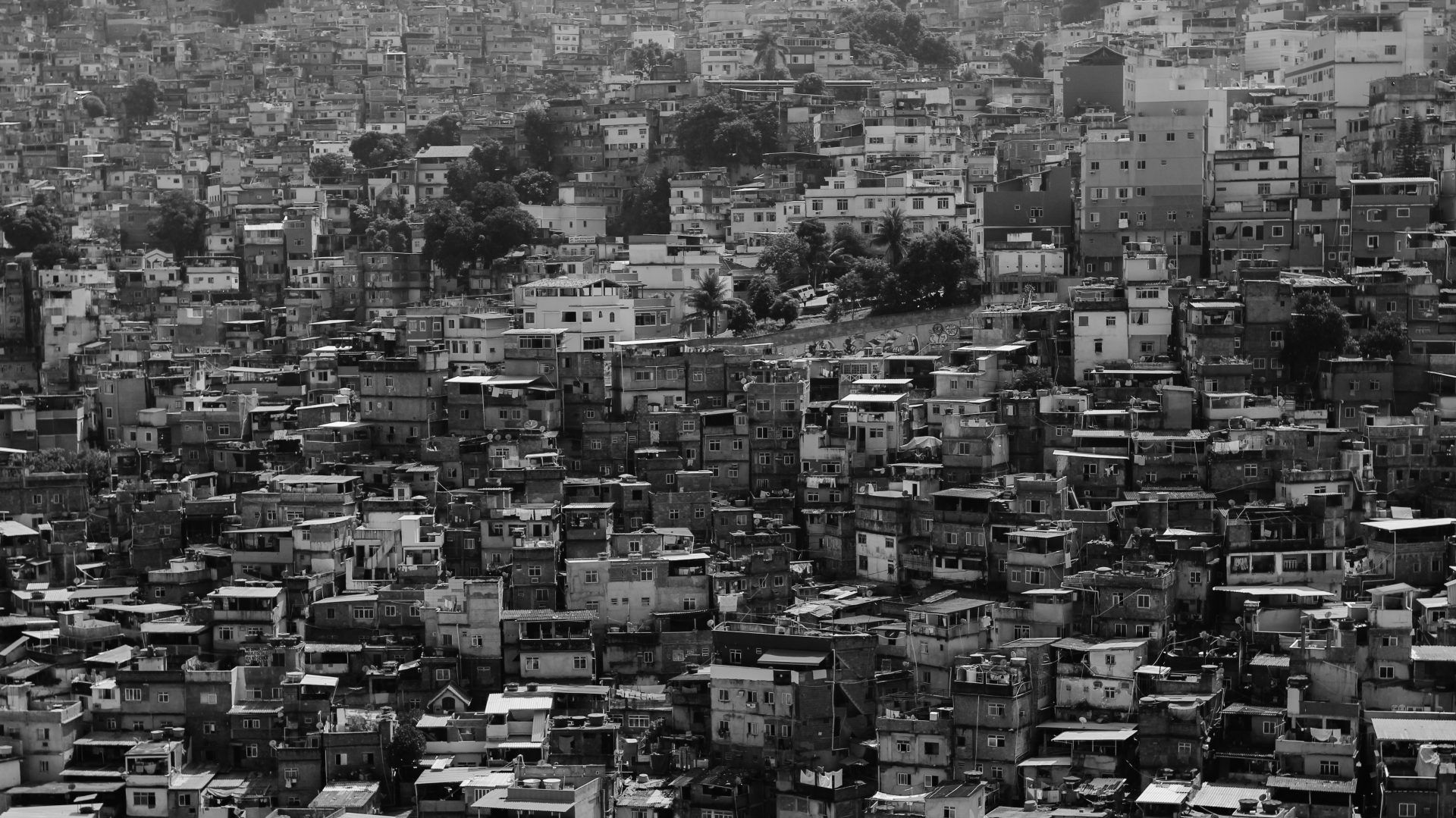23.11.2015 – Informasjonsmøte om Habitat III og “New Urban Agenda
“Dear participants, friends and colleagues;
As interim chair of Habitat Norway I would like to welcome you to this meeting – a particular welcome to our guests from abroad – Ana and Eduardo Moreno.
For the first time in history more than half the world’s population lives in cities. You have probably heard this fact a dozen times and you will certainly hear it more times during this meeting. But, such reports on the explosive growth of cities must elicit the question: so what? How is the increasing concentration of people and human endeavour in cities changing our world? And how can we, the people, impact this change in an equitable, ecologic and economic sound direction?
In my mind cities change everything. Cities are transforming ecology, economics, politics and social relations everywhere – for better or for worse. The outcome depends on the approaches we choose to build the city. It is these future approaches that Habitat III and the New urban agenda will be about.
As a result of demographic developments the nature of what we call the city itself, has changed. The result is something far bigger than the new «mega or meta cities» we read about. We are in the process of organizing the planet itself into a city: into a single, complex, connected but still very unstable urban system. A system comprising big as well as small cities, expanding as well as shrinking. Where cities take on rural characteristica and vice versa. Landscape hybrids and urban corridors are gradually spanning important parts of the globe. If you don’t move to the city, the city will move to you.
According to researchers such as Saskia Sassen, Jeb Brugmann and Manuel Castels Cities and their networked systems, not countries nor corporations, are the new command and control centers of the world. Cities are claiming more political legitimacy, responsibility and resources both nationally and internationally. Why? 99% of all global telephone conversations, web traffic and investments today take place locally. 70% of all conflicts develop here. So do 60% per cent of all energy use and 70% of all Co2 emissions. 2/3 of the global gross national product is created in cities.
The nation state is according to a UNRISD report in a process of disarray. In a situation where power is moving downwards leading city majors of the world want to prepare for a «United Global Assemby of Mayors». In a parallell process – from the bottom and up – new popular movements in slums, on street and neighbourhood level are organizing, also internationally. These are the new urban players that demand to be heard in Quito. We need to listen. And partner with them.
Today’s burning issue in Western Europe is refugees and migrants. The biggest migratory wave of today, however, is not stretching from Syria to Europe. It is from rural to urban areas in Africa and Asia. Annually, according to UN –Habitat, 26 million people move from the countryside to the city every year. This is basically poor people.
What does this migration process reflect? It reflects decades of failed international security-, development- and humanitarian policies, impending climate change, depletion of natural resources, conflicts and wars, human misery and deprivation. And an encroaching neo liberal global economic system whereby competition between and fragmentation within cities increases – between the haves and the have nots. Or as we would say n Norway: between the have yachts and the have nots. This is the background against which Habitat III will take place.
Human progress in a world organizing into urban systems requires ability to design, govern and manage cities towards strategic ends. Given the situation, it is obvious that we need new urban strategies and new urban practices. We have to a great extent failed to hone basic practices of urbanism. How to govern urban markets, develop shared urban cultures and design urban forms and systems: to viably create a City with less poverty, less inequality and less environmental degradation.
And we urgently need to mobilize more resources locally, nationally and internationally for urban development. Poverty oriented urban development assistance currently stands at 5% of ODA.
The new SDGs – with its urban goal 11 on making cities inclusive,safe, resilient and sustainable, reflect the new gained strength of cities. They are a good starting point for identifying new urban development strategies and practices. But these goals,targets and indicators are far from perfect. The new urban agenda needs to be broader. Civil society and local governments, in particular, have other and additional points to advocate.
During 2016 Habitat Norway hopes through a number of interlinked activities open for all stakeholders – to facilitate a discussion where we identify good urbanization practices and where we define policies that prevent dysfunctional economic, social and environmental urbanization. We hope you will participate and we hope you will join us as member
With these few words – or relatively few – also thanking Marit Victoria, Even and Anne Beathe of MFA and NORAD for an excellent cooperation in preparing this event – I leave the direction of the meeting to Odd Iglebæk. Later he will explain more in detail what the Habitat Norway journey to Quito is about. Pls. fasten your seatbelts.”
Erik Berg

